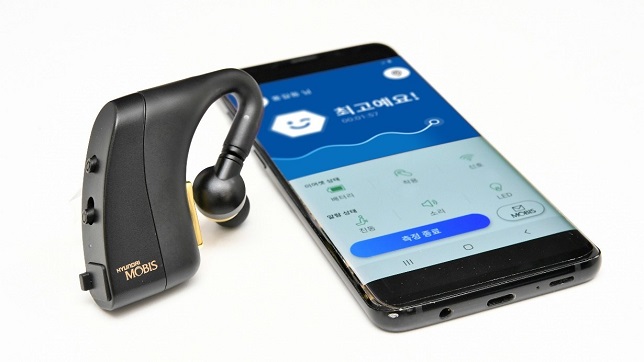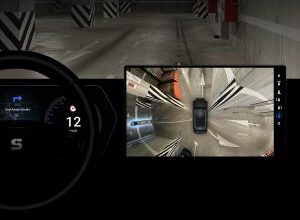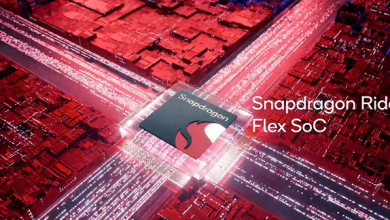Hyundai Mobis applies brainwaves to ADAS technology, for the first time in the world

After 3 years of R&D, Hyundai Mobis finally succeeded in developing M.Brain, a new healthcare technology based on brainwave measurement. This achievement is receiving great attention for applying this brainwave measurement technology to the automotive industry for the first time. Among other biosignals, brainwave measurement is known to be one of the most advanced and challenged technologies to work with.
M.Brain measures the driver’s condition on a real-time basis by detecting the brainwaves around the ears through earpiece sensors that are worn. The key is the software technology that analyzes and determines the data from the brainwaves. Hyundai Mobis is committed to R&D and has even adopted machine learning to interpret the brainwave signals.
M.Brain can also be interworked with a smartphone app and provide notification that the driver is losing attention. The accident prevention technology also provides alerts for different sensory organs, such as sight (LEDs around the driver’s seat), touch (vibrating seat), hearing (headrest speaker), etc.
Hyundai Mobis plans to apply various bio-healthcare technologies to public transportation with a view to contributing to public safety. M. Brain will test- apply in Gyeonggi-do’s public buses first.
The global in-vehicle healthcare market has now taken its first step. Heartbeat measurements or eye tracking technologies are introduced. Meanwhile, brainwave-based technology shows infinite potential for development as it is capable of measuring massive amounts of data, which is why Hyundai Mobis’ M.Brain is considered an innovative technology.
Hyundai Mobis is showing progress in developing autonomous driving healthcare technology using biosignals. At the CES in 2018, the company presented DDREM (Departed Driver Rescue & Exit Maneuver), which works to prevent accidents that occur as a result of drowsy driving. Hyundai Mobis then succeeded in developing the eye tracking DSW (Driver State Warning) system in 2019, and ROA (Rear Occupant Alert) system to detect infants in the backseat using radar last year.





